-
×
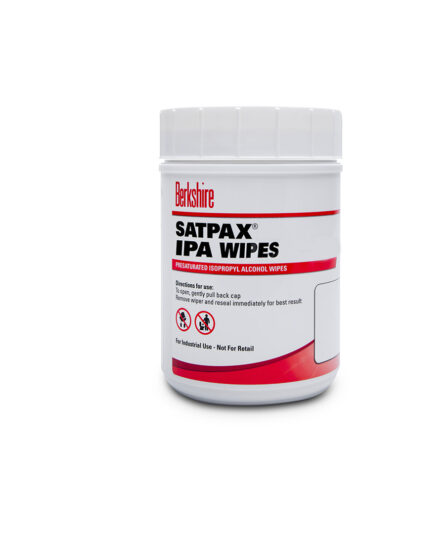 SatPax® Polx® Nonwoven Canister (99% IPA/Canister) (Case)
SatPax® Polx® Nonwoven Canister (99% IPA/Canister) (Case)
- Includes:
Free Canister Holder × 1
1 × $365.00
Knowledge Base
IPA Shelf Life: Does Isopropyl Alcohol Expire?
Like many chemical agents, isopropyl alcohol (IPA) does have a shelf life. Most IPA products are labeled with an expiration date of about 2 to 3 years from the manufacture date. Over time, IPA will gradually lose its potency. The primary reason for this is that alcohol evaporates slowly each time the container is opened, and even when it’s tightly sealed, air can still seep in. As the isopropanol evaporates and water remains, the percentage of alcohol in the solution decreases. In other words, an old bottle of IPA may no longer contain the expected 70% or 99% concentration—it could have lost strength to a weaker concentration that is less effective for cleaning or disinfecting.
How Long is the Shelf Life?
In general, unopened IPA, when properly stored, can last at least a couple of years without significant degradation. Sources commonly cite a shelf life of 2 to 3 years under ideal conditions. Some manufacturers or industry guidelines may allow for a shelf life of up to 3 to 5 years, especially if the product is in a sealed, airtight metal container. However, if no expiration date is provided, it’s wise to assume around three years as a general rule. Always check the bottle for a printed expiration date and follow it if available. After the expiration date passes, the IPA won’t suddenly “spoil” as food does, but its effectiveness is not guaranteed.
Factors That Shorten IPA’s Shelf Life
Several environmental and packaging factors can accelerate the loss of alcohol content and cause IPA to expire more quickly:
- Frequent Exposure to Air: Each time you open the bottle, alcohol vapor escapes, and moisture from the air can enter. Frequently opening the container or leaving the cap loose will significantly accelerate evaporation. Always keep IPA containers tightly capped when not in use.
- Container Surface Area: IPA in a wide or shallow container will evaporate faster than in a tall, narrow bottle due to the greater liquid surface area exposed to air. For this reason, IPA-presaturated wipe containers are designed to minimize air exposure when dispensing.
- Temperature and Environment: Storing IPA in a warm or hot area (or in direct sunlight) accelerates the evaporation of alcohol. Higher temperatures drive off the volatile alcohol more quickly. A cool, room-temperature storage area is preferable for extending shelf life.
- Container Material: Certain plastic containers may allow slow diffusion of IPA vapor or can degrade over long periods. Using approved, tightly sealed containers is essential.
- Contamination: Introducing contaminants could reduce the alcohol’s purity or introduce substances that may react over time. Always pour out or dispense IPA, and do not return used liquid to the original container.
Consequences of Using Expired Isopropyl Alcohol (IPA):
Using IPA that has significantly lost its effectiveness can result in poor cleaning performance. If the alcohol concentration drops too low, it may not effectively kill all germs or remove residues properly. For instance, expired IPA alcohol might only partially sanitize the surface, leaving some bacteria alive. In critical environments, such as pharmaceutical labs or healthcare cleanrooms, using expired chemicals poses a compliance risk and could compromise safety.
Even for general use, an old bottle with reduced alcohol content will not evaporate as efficiently, potentially leaving more moisture on the surface.
For essential cleaning tasks, do not rely on expired isopropyl alcohol (IPA). It’s crucial to replace it to ensure maximum effectiveness.
Signs of Expired Isopropyl Alcohol
How can you determine if your isopropyl alcohol (IPA) has gone bad or lost its effectiveness? Here are some sensory and performance-based indicators that suggest your IPA may no longer be suitable for use:
- Faint or No Alcohol Smell: Fresh isopropyl alcohol has a strong, sharp odor. If you open a bottle and don’t smell the characteristic alcohol scent, or if it smells unusually weak, that’s a red flag. A strong alcohol odor indicates potency. Experts note that if a sanitizer or IPA still smells strongly and evaporates quickly, it’s likely still effective. Conversely, an absence of smell suggests that much of the alcohol has evaporated.
- Slow Evaporation: Apply a small amount of IPA to a surface or a glove and observe how quickly it evaporates. Good IPA should evaporate rapidly, leaving the surface dry within seconds. If it remains wet for a long time or leaves a water type sheen, the solution may have too high a water content, meaning the alcohol percentage has dropped. Quick evaporation is a sign of high alcohol content.
- Cloudiness or Sediment: Isopropyl alcohol should be clear and colorless. If your IPA has turned cloudy, developed floating particles, or shows any sediment at the bottom, it may be contaminated. This could happen if the container wasn’t fully sealed, allowing contaminants to enter, or if plastic packaging leached additives over time. Any change in clarity is a reason to discard the solution.
- Presence of Mold or Discoloration: In rare cases where a bottle is left uncapped or much of the alcohol has evaporated, the remaining liquid (mostly water) could allow for microbial growth. Any visible growth or unusual color tint (as IPA is usually colorless) means the alcohol is unusable.
- Expired Date: Finally, the simplest indicator is the printed expiration date. If the bottle is past its expiration date (or over three years old if unlabeled), assume it’s no longer fully effective. Even if it looks normal, you should replace it, especially in critical applications. You might keep it for non-critical cleaning (where some effect is better than none) but mark it clearly as expired.
Proper IPA Storage Conditions
To maximize the shelf life and maintain the quality of isopropyl alcohol (IPA), follow these recommended storage guidelines:
- Seal Containers Tightly: Always close the cap securely after each use, utilizing containers that minimize air exchange.
- Store in a Cool, Dry, and Well-Ventilated Area: Keep IPA in a cool, well-ventilated space, away from direct sunlight and heat sources, to reduce evaporation and minimize fire hazards.
- Use Dedicated Flammable Storage: Store larger quantities of IPA in a rated flammable storage cabinet, away from ignition sources, and in well-ventilated areas to prevent fume buildup.
- Select Approved Containers: Use the original container or compatible materials such as amber glass or certain plastics. Avoid transferring IPA to food containers or unapproved bottles.
- Label and Date Containers: Clearly label all solvent containers with their contents and the date opened. Rotate stock by using older bottles first.
- Avoid Common Mistakes: Do not leave open containers out, store IPA near reactive chemicals, or keep it in a freezer. Handle IPA with caution, just like any dangerous chemical.
By adhering to these storage practices, you will ensure your IPA remains effective and safe to use.




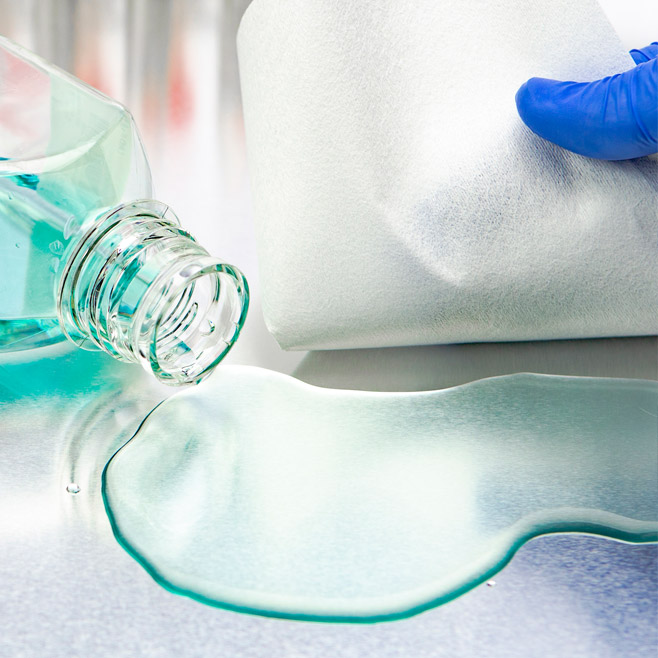
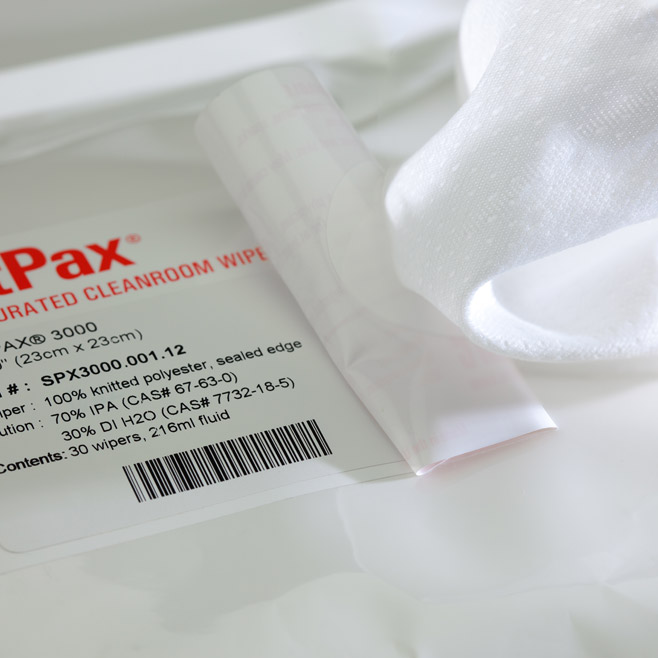
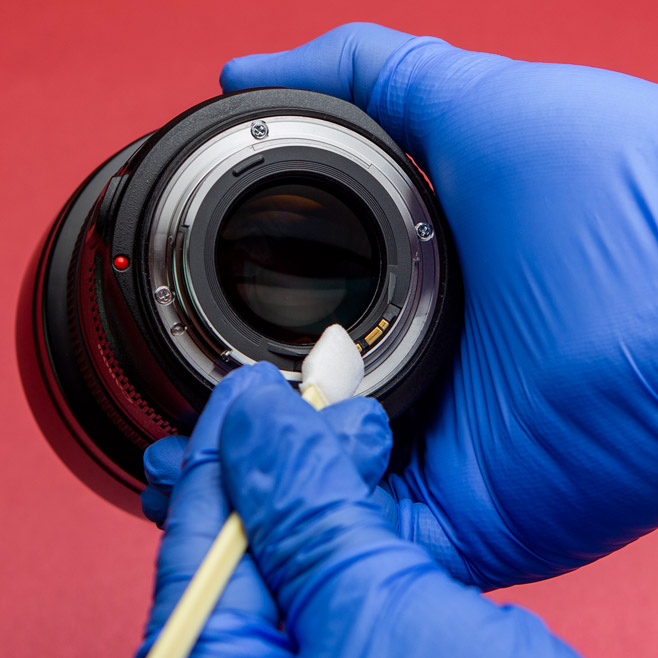
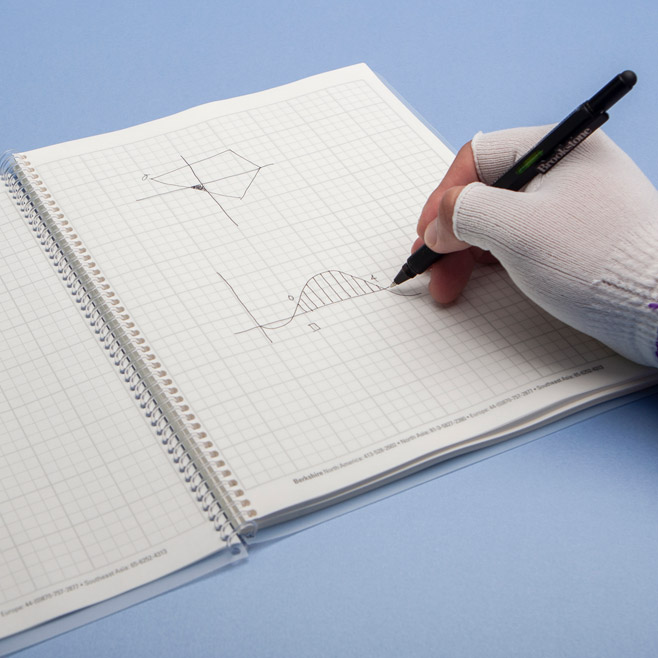
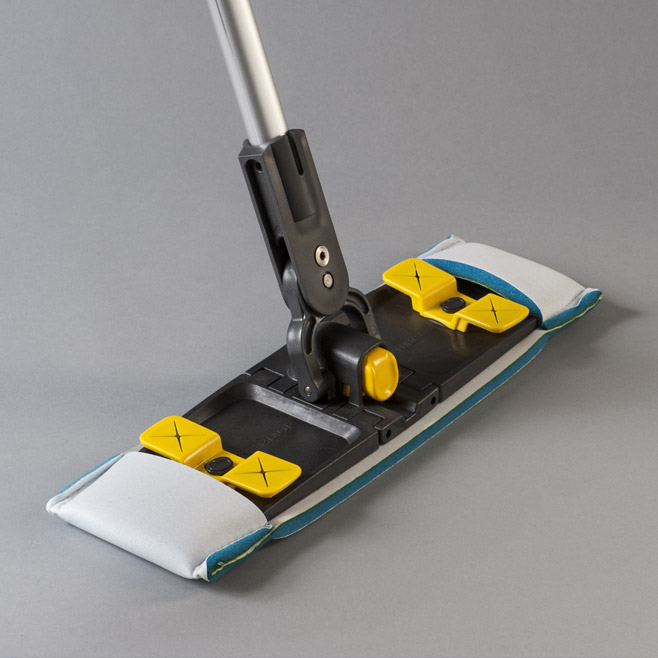
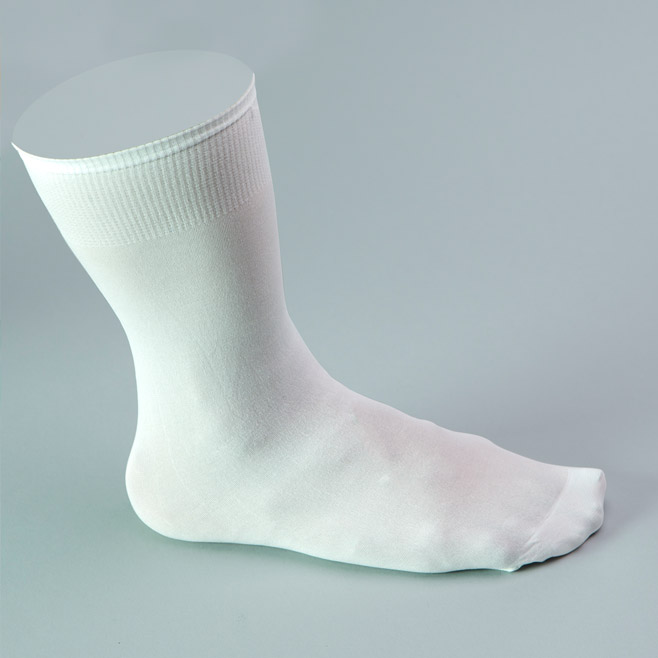


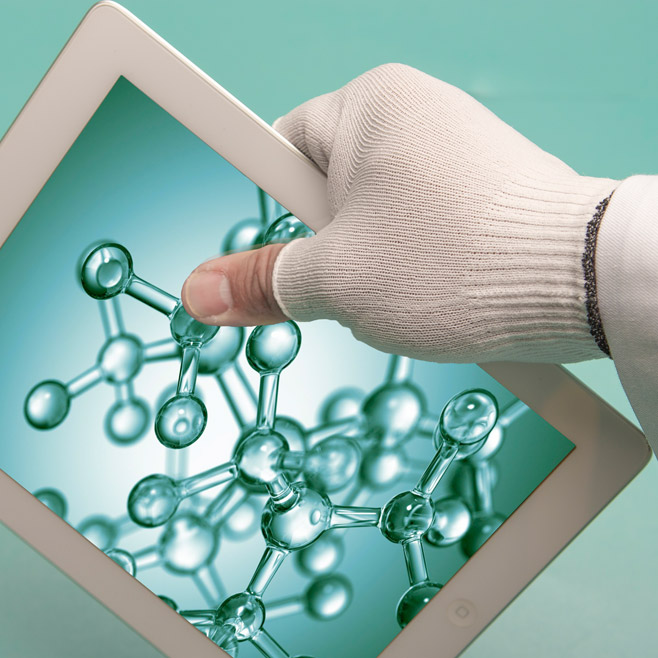
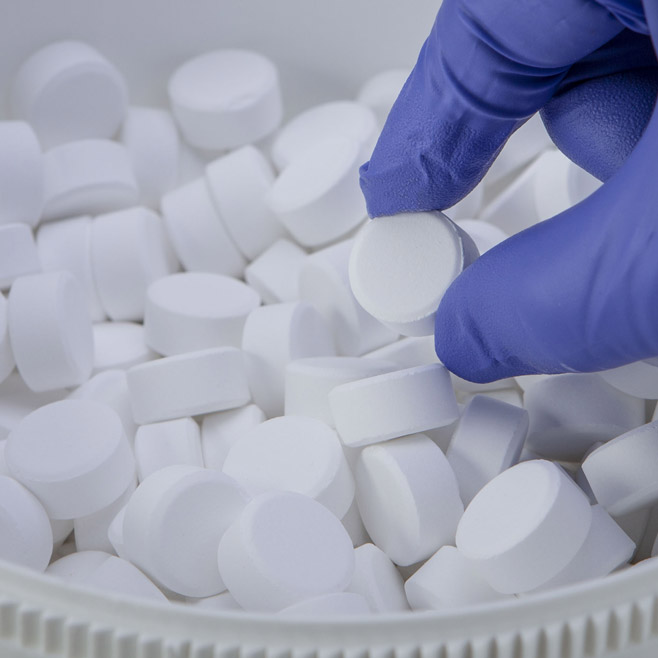
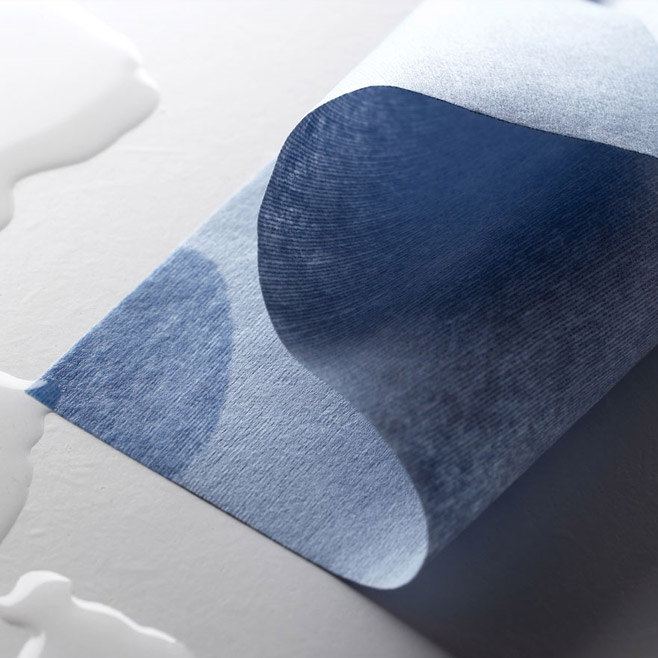
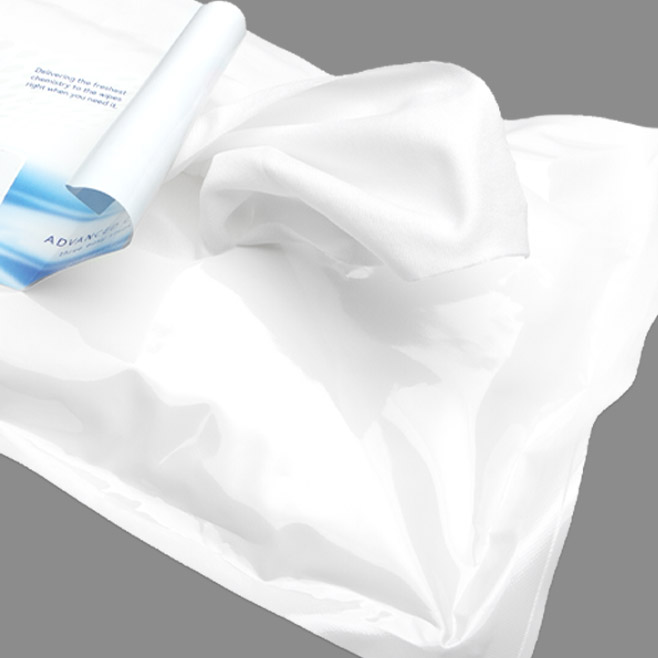




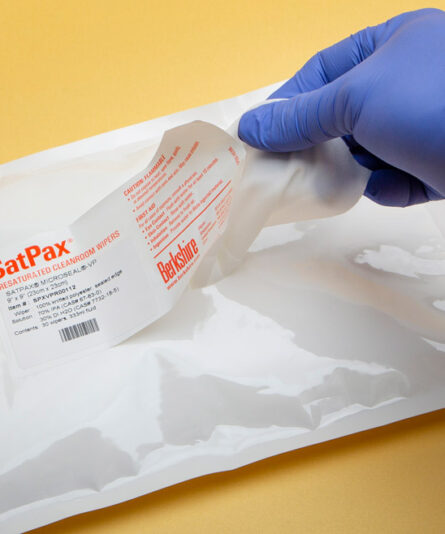

HAVE AN IDEA FOR CONTENT?
We are always looking for ideas and topics to write about.
Contact Us